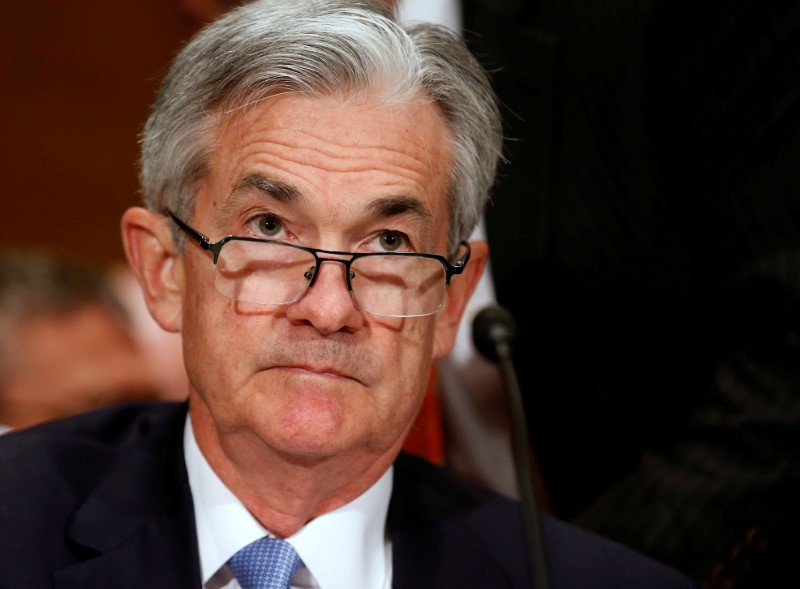By Ambar Warrick
Investing.com -- Most Asian currencies moved in a tight range on Tuesday as concerns over rising U.S.-China tensions weighed, while the dollar weakened amid some bets that Federal Reserve Chair Jerome Powell will strike a less hawkish note during a testimony later in the day.
China’s yuan fell 0.1% after Foreign Minister Qin Gang warned that a conflict with the U.S. could escalate if Washington does not soften its rhetoric against China.
His comments rattled sentiment towards China, largely offsetting data that showed the country logged a record trade surplus in February. But a bigger-than-expected decline in Chinese imports, coupled with a weak GDP forecast for 2023, raised concerns over a staggered economic recovery in the country.
Broader Asian currencies kept to a small range, with the Japanese yen falling 0.1%. Data showed that Japan’s wage growth slowed substantially in January, putting less impetus on the Bank of Japan to tighten its ultra-loose policy.
The Australian dollar fell 0.2% even as the Reserve Bank hiked interest rates and said it would tighten policy further to combat inflation. But the bank also noted that inflation had likely peaked in Australia, which could potentially herald an eventual slowdown in the bank’s rate hike cycle.
The Indonesian rupiah led losses in Southeast Asia with a 0.4% drop, while the Thai baht was muted as inflation read lower than expected for February.
The Philippine peso also traded sideways following a softer-than-expected inflation reading.
The dollar extended overnight losses against a basket of currencies, amid some bets that a recent cooling in the U.S. economy could elicit a less hawkish stance from the Fed’s Powell during a two-day testimony before Congress, which begins later on Tuesday.
The dollar index and dollar index futures fell 0.1% each, and were nursing steep losses from the prior week. U.S. Treasury yields also retreated further overnight, although an inversion in the yield curve persisted.
Powell is widely expected to provide more cues on monetary policy in the coming months, especially as resilience in the jobs market and stubborn inflation drove up fears of a more hawkish Fed.
But U.S. economic activity was also seen cooling under the yoke of high inflation and interest rates, with manufacturing activity contracting further in February.
Rising U.S. rates bode poorly for Asian currencies, as the gap between risky and low-risk debt narrows. The trend had battered Asian markets through 2022.
